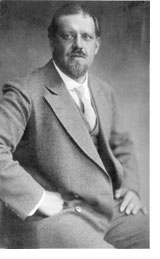
1876 - 1956
Peter Konchalovsky
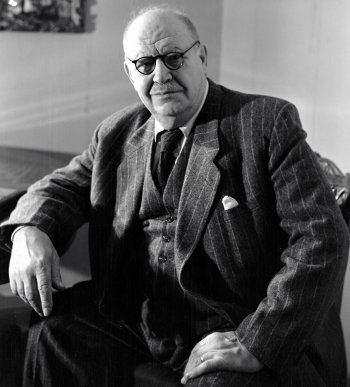
description
A Russian and Soviet painter, graphic artist and book illustrator, master of stage set and stage costume.
He was born into a family of Peter Petrovich Konchalovsky, a hereditary nobleman, a writer, translator and publisher. In the 1890’s, he studied at the Kharkov Art School, visited the evening classes of the Imperial Stroganov School of Art and Industry. After that, he studied at the private academy of Julian in Paris.
Peter Petrovich Konchalovsky was one of the founders and active participants of the art association “Knave of Diamonds” and its chairman from 1911. He was also a member of the progressive art associations “Union of Youth” (since 1911), “The World of Art” (with interruptions until 1922), “Genesis” (in 1926-1927). He was an academician and full member of the Academy of Arts of the country, a laureate of prestigious awards.
Key ideas:
– Peter Konchalovsky’s creative career was in the era of the violent destruction of established artistic traditions. At the same time, he was literally created for painting, because he felt the world as a feast of colors – picturesquely and emotionally. Not satisfied with the passive, purely visual display of objects on the canvas, he superseded the material perception with a weighty, plastically voluminous, palpably concrete and, most importantly, extremely vigorous image.
– He was very attracted by the rough, not knowing neither academic rules of perspective, nor the compositional balance, nor the coloristic harmony, and therefore boldly resolute lubok painting, laconicity of signboards and luridly-vivid murals on household items.
– The use of non-professional art, which allowed to coarsen and enlarge the image, making it dense and strong, was the task of young P. Konchalovsky. And he solved it in numerous still lifes, where a red tray appears often and not casually. This market and not an elegant object is like a tuning fork that sets the level of the necessary color tension to the whole painting. In this case, the color not only expresses the coloring of the surface, but also the flesh of the object – the mass and the form itself. At that time, the artist also saw a human being in a powerful material and integral way, as if he was monolithic (“Portrait of artist Yakulov”).
– Later, the influence of the primitive weakens, giving way to the manner of the free energy of painting and the mobility of smears. In the paintings, the “knave of diamonds” schematism of color and form almost disappears, the painting of Peter Petrovich, remaining brightly full-sound, acquires a complex richness of the contrasts of hot and cold color solutions, the colouristic subtlety of internal transitions.
– In the works of 1920-30s, the mood of the canvases remains festive; the color combinations become even more refined, a naked body shines and home scenes attract with quiet comfort on the canvases more often. Konchalovsky-portraitist prefers to depict the full vitality of nature. In his paintings, we can see creators – composer S. Prokofiev and writer A. Tolstoy, art critic S. Troynitsky and others. A large-sized portrait of avant-garde director Vsevolod Meyerhold is the only picture in which the elegant patterned background contrasts with the suffering face of the stymied creator, who is waiting for his death.
1876
1898 - 1907
1910 - 1911
1912
1918
1926
1932
1941
1946 - 1947
1956
The birth of the artist
He entered the Petersburg Academy of Arts
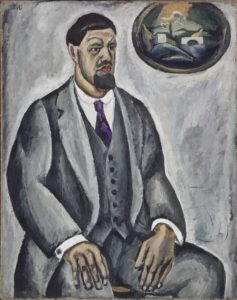
The Knave of Diamonds
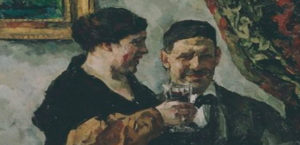
Designed Rubinstein's opera "Kalashnikov merchant"
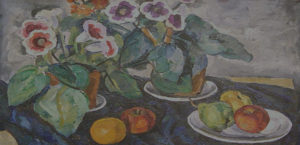
Worked at The Free Art Workshops in Moscow
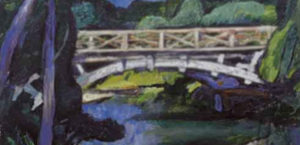
Participated in the organisation "Genesis"
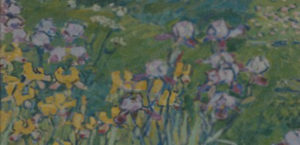
Acquired the estate of Bugry
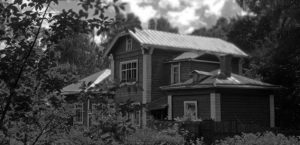
Started working on the famous portrait of Lermontov
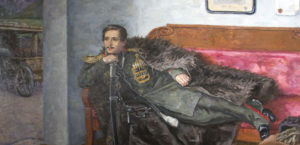
Received the title of People's Artist of Russia
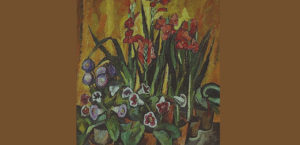
The death
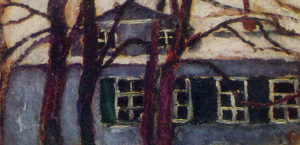
Peter Konchalovsky
On Artist
flow
Post-Impressionism
friends
Henri Matisse
Pablo Picasso
Mikhail Larionov
Vasily Surikov
artists
Valentin Serov
Vasily Savinsky
Pavel Kovalevsky
Paul Cezanne
By Artist
flow
Cubism
Expressionism
Abstractionism
friends
Henri Le Focognier
Isaac Levitan
Anna Troyanovskaya
George Yakulov
artists
Vasily Ermilov
Yervand Kochar
